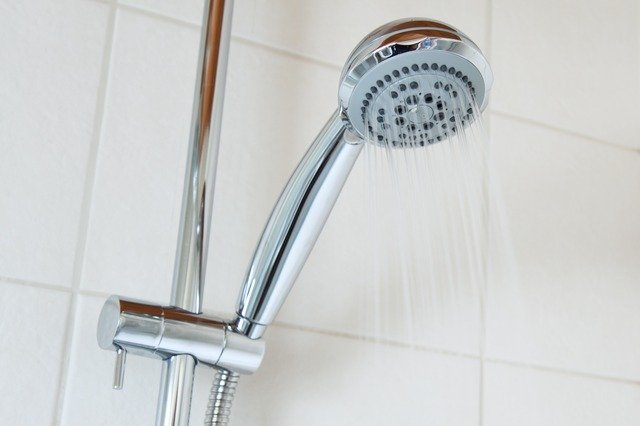Understanding how to use a scale to measure body fat accurately can be a transformative journey toward better health. In a world where fitness trends come and go, having reliable data about your body composition remains crucial. Many of us step on the scale, but do we truly comprehend what those numbers mean? This comprehensive guide aims to demystify the process, helping you to not only understand how to use a scale to measure body fat accurately but also to take actionable steps toward achieving your health goals.
In this article, I will share insights, research-backed information, and personal experiences to help you navigate the world of body fat measurement. By the end, you'll be equipped with the knowledge to make informed decisions about your health and fitness journey. So, let’s get started!
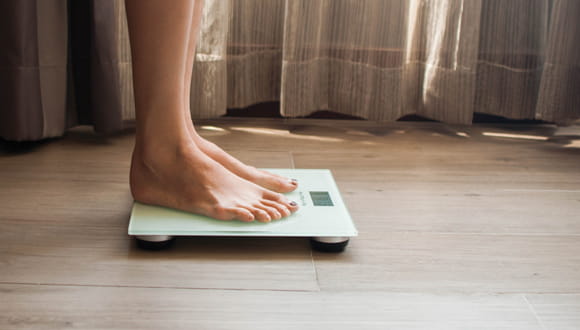
Source: www.houstonmethodist.org
Table of Contents
Understanding Body Fat Measurement
What is Body Fat?
Body fat is a vital component of your overall health. It serves various functions, including energy storage, insulation, and hormone regulation. However, not all body fat is created equal. There are two main types:
- Essential Fat: This is the minimum amount of fat necessary for basic physiological functions.
- Storage Fat: This fat accumulates in adipose tissue and can be subcutaneous (under the skin) or visceral (around internal organs).
Why Measure Body Fat?
Measuring body fat provides a more accurate picture of your health than simply tracking weight. A scale can tell you how much you weigh, but it doesn't differentiate between fat, muscle, and water. Understanding your body fat percentage can help you:
- Track your fitness progress.
- Set realistic health goals.
- Improve your overall health and wellness.
Research indicates that a higher body fat percentage can be associated with various health risks, including cardiovascular disease and diabetes (Nuttall, 2015). Therefore, knowing your body fat percentage is essential for maintaining a healthy lifestyle.

Source: www.houstonmethodist.org
Types of Scales for Measuring Body Fat
1. Bioelectrical Impedance Scales
Bioelectrical impedance analysis (BIA) scales are popular for home use. They work by sending a small electrical current through your body and measuring the resistance it encounters. The scale then uses this data to estimate your body fat percentage.
Key Features:
- User-friendly and convenient.
- Provides additional metrics, such as muscle mass and water percentage.
Pros:
- Affordable and widely available.
- Quick and easy to use.
Cons:
- Can be affected by hydration levels, food intake, and exercise.
Ideal Users: Great for individuals looking to track body composition at home without complex equipment.
2. Dual-Energy X-ray Absorptiometry (DEXA)
DEXA scans are considered the gold standard for measuring body fat. They use low-level X-rays to differentiate between bone, lean mass, and fat mass.
Key Features:
- Highly accurate and reliable.
- Provides detailed body composition analysis.
Pros:
- Offers precise measurements.
- Can identify fat distribution in the body.
Cons:
- More expensive and less accessible than home scales.
- Requires a professional setting.
Ideal Users: Best for those needing detailed body composition analysis, such as athletes or individuals undergoing medical evaluations.
3. Skinfold Calipers
Skinfold calipers measure the thickness of skinfolds at various body sites to estimate body fat percentage.
Key Features:
- Inexpensive and portable.
- Can be used anywhere.
Pros:
- Provides a simple way to track changes over time.
- Can be performed by trained individuals or self-administered.
Cons:
- Requires skill for accurate measurements.
- Can be less reliable than other methods.
Ideal Users: Suitable for fitness enthusiasts and personal trainers looking for a cost-effective way to measure body fat.
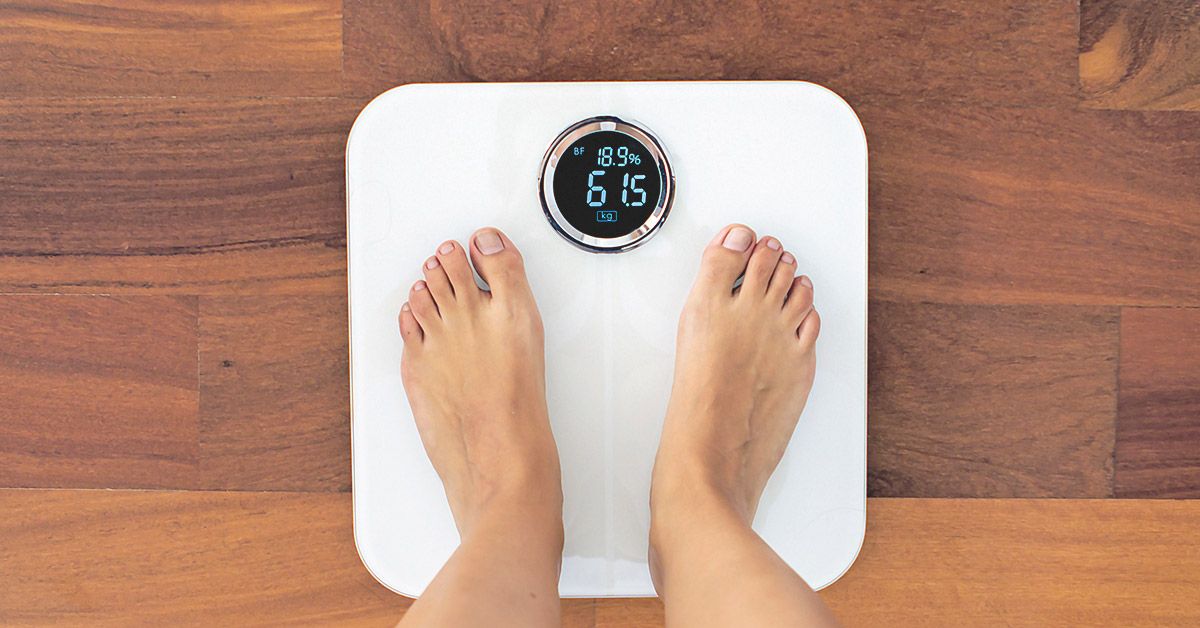
Source: www.healthline.com
How to Use a Scale to Measure Body Fat Accurately
Step 1: Choose the Right Scale
Selecting the right scale for your needs is crucial. If you're looking for convenience and ease of use, a bioelectrical impedance scale may be ideal. For those seeking more accuracy, consider a DEXA scan or professional skinfold measurements.
Step 2: Prepare for Measurement
To get the most accurate reading, follow these preparation steps:
- Hydration: Measure your body fat at the same hydration level each time. Avoid measuring after intense exercise or a heavy meal.
- Timing: Weigh yourself at the same time every day, preferably in the morning after using the bathroom and before eating or drinking.
- Consistency: Use the same scale each time, as different scales may yield varying results.
Step 3: Take the Measurement
For bioelectrical impedance scales:
- Stand on the scale barefoot, ensuring your feet are placed correctly on the sensors.
- Wait for the reading to stabilize. Most scales will beep or display a message when the measurement is complete.
- Record the body fat percentage displayed.
For skinfold calipers:
- Pinch the skin at various sites (e.g., abdomen, triceps) and measure the thickness.
- Follow a specific formula or chart to convert these measurements into a body fat percentage.
Step 4: Analyze Your Results
Once you have your body fat percentage, compare it to the following categories:
- Essential Fat: 10-13% for women, 2-5% for men.
- Athletes: 14-20% for women, 6-13% for men.
- Fitness: 21-24% for women, 14-17% for men.
- Acceptable: 25-31% for women, 18-24% for men.
- Obesity: 32% and higher for women, 25% and higher for men.
Understanding where you fall within these categories can help you set realistic health and fitness goals.
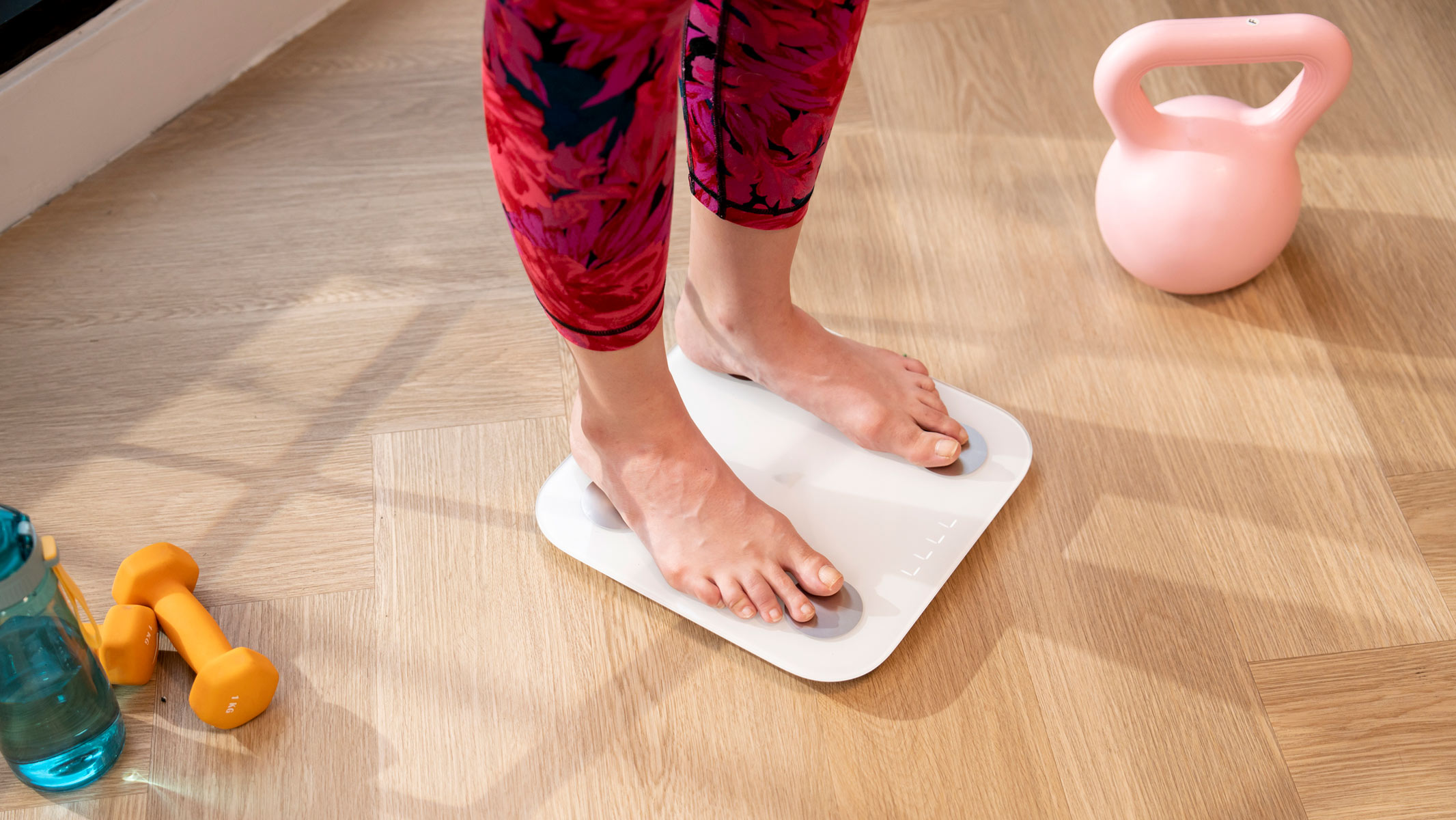
Source: www.livescience.com
Common Problems and Misconceptions
1. Misunderstanding Body Composition
Many people equate weight with health, but this is misleading. Muscle weighs more than fat, so someone with a higher muscle mass may weigh more but have a lower body fat percentage.
2. Inconsistent Measurements
Body fat can fluctuate due to various factors, including hydration and food intake. To get the most reliable data, measure consistently under the same conditions.
3. Over-reliance on Scales
While scales provide valuable data, they shouldn't be the sole indicator of health. Consider other metrics, such as how your clothes fit, energy levels, and overall well-being.
4. Ignoring Trends Over Time
Instead of fixating on daily fluctuations, focus on trends over weeks or months. This approach provides a clearer picture of your body composition changes.
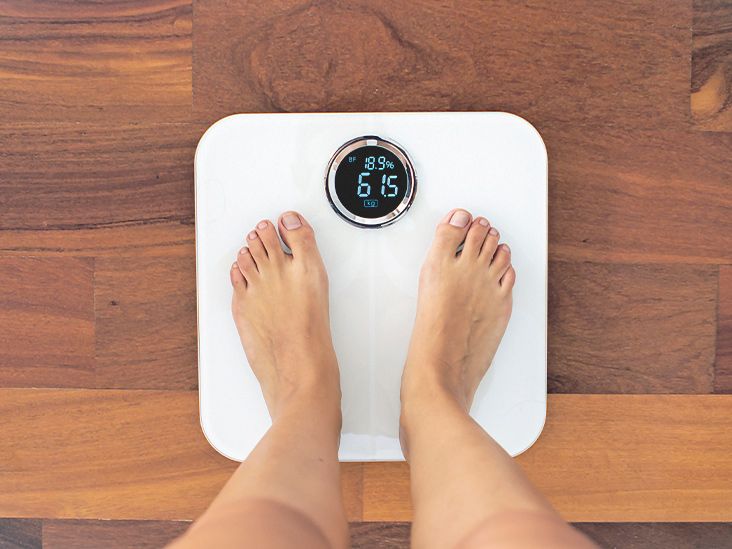
Source: www.healthline.com
Frequently Asked Questions
1. How often should I measure my body fat?
I recommend measuring your body fat once a week or every other week. This frequency allows you to track changes without getting too caught up in daily fluctuations.
2. Can dehydration affect my body fat measurement?
Yes! Dehydration can lead to inaccurate readings, particularly with bioelectrical impedance scales. Always aim to measure under similar hydration levels.
3. What is a healthy body fat percentage for women?
A healthy body fat percentage for women typically ranges from 21-24%. However, individual goals may vary based on fitness levels and personal preferences.
4. Is it possible to lose fat without losing weight?
Absolutely! Since muscle weighs more than fat, you can lose fat while gaining muscle, which may not change your weight significantly. Focus on body composition rather than just weight.
5. Are there any risks associated with measuring body fat?
Generally, measuring body fat is safe. However, if you have concerns about your body composition or health, consult a healthcare professional for guidance.

Source: thebodypedia.com
Conclusion
Understanding how to use a scale to measure body fat accurately is a powerful tool in your health journey. By choosing the right scale, preparing correctly, and interpreting your results wisely, you can gain valuable insights into your body composition. Remember to focus on trends over time rather than fixating on daily fluctuations, and consider your overall well-being in addition to the numbers.
I encourage you to take the steps outlined in this guide and start measuring your body fat accurately. Whether you're an athlete, a fitness enthusiast, or simply someone looking to improve your health, this knowledge can empower you to make informed decisions. Don’t hesitate to explore additional resources, subscribe for more insights, or share your thoughts in the comments below!
By understanding and implementing these strategies, you're setting yourself up for success in your health and fitness journey.

